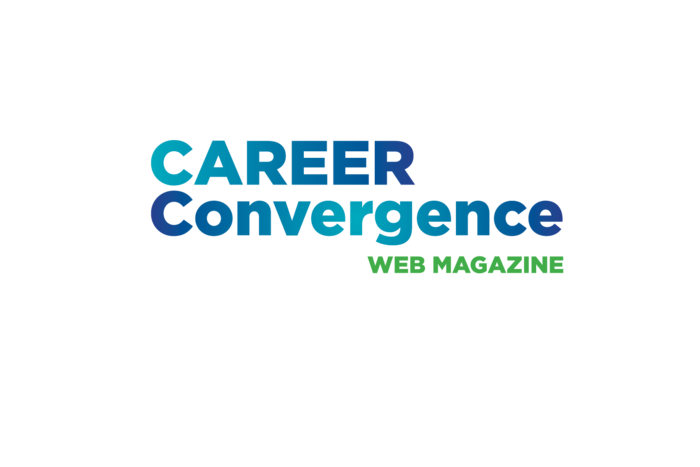- Features
- Counselor Educators & Researchers
- Independent Practice
- K-12
- Post-Secondary
- Workplaces
- NCDA News
- Tech Tips
Features
Bridging Career Counseling Theory to Practice: Opportunities for Professional Development and Continuing Education
By Yas Hardaway, Marian Higgins, Angela Weingartner & Tiffany Brooks
This article focuses on the challenge of helping career development professionals understand and apply theory, the benefits of video-based instruction, and the resource that was created and is still growing. It builds on the previous Career Convergence article that introduced the NCDA video series inspired by the “Gloria Films”.
Complete Article >Counselor Educators & Researchers
Leading with Cultural Intelligence: Preparing Counselor Educators and Students for a Globalized World
By Tiffany Spatz
Cultural Intelligence (CQ) offers counselor educators a framework for developing globally competent, relationally effective leaders. This article explores how CQ enhances self-awareness, strengthens connection, and supports inclusive learning environments in counselor education programs preparing students for a multicultural and globalized workforce.
Complete Article >Independent Practice
How Career Practitioners Can Support Clients Through Holiday and Work Stress
By Regina Gavin Williams and Jennifer Barrow
The holiday season can heighten stress, especially for individuals facing workplace challenges. The authors suggest that career practitioners provide holistic support by creating safe spaces to address stressors, utilizing the WDEP system for goal setting, encouraging mental health counseling, and facilitating values exploration, empowering clients to navigate stressors and make informed decisions.
Complete Article >K-12
26 Career Development Strategies for School-Aged Students
By Jillian Schiller and Deb Osborn
Career development professionals working in the K-12 sector help prepare students for their future, including education and meaningful work. Employing strategies through all the years in school may improve the chances of students making decisions and entering the job market with skills, knowledge, and credentials to be competitive.
Complete Article >Post-Secondary
Aligning Career and Disability Services: An Accessible Path to Partnership
By Allison Pirpich and Kelly Morgan
It can be challenging to provide career services that fit the unique needs of students without spending extra dollars. Learn how a cross-campus partnership between Career Services and Disability Services supported students’ career development without any additional staffing or spending by reducing barriers and creating inclusive environments.
Complete Article >Workplaces
Keeping the Lights On: Quantifying Value in a Thankless Job
By Arissa Freeman
When it is time to calculate the contributions of a support-based role, tangible results can be hard to pinpoint. This article discusses various ways that a career practitioner can help clients in these roles promote their successes and advocate for recognition.
Complete Article >NCDA News
Celebrating Creative Resilience in Career Development
By Delasia Rice and Emily Gomez
How can career development professionals design effective interventions, support diverse populations, and reimagine traditional practices when faced with 21st century challenges in the work world? Looking to those who have been recognized as providing exemplary services, while connecting with a trusted leader in professional standards, all career development professionals can achieve inspiration and empowerment.
Complete Article >Tech Tips
Create a Presentation in Seconds with Gemini’s Canvas Mode
Need a free, clean, professional presentation fast? Gemini’s Canvas Mode can turn your idea into a slide deck in seconds. Just open https://gemini.google.com, type something like: “Create a 5-slide presentation on the benefits of urban green spaces for mental health.” You can upload your own information as well if you’d like it to pull from your own documents. Then, click on the “Canvas” button when it appears. Gemini will instantly generate editable slides with headings, talking points, and visuals. You can “AI Enhance it” to make it interactive by selecting the stars at the bottom right portion of your new slide deck and revise it directly in Canvas Mode. This is a game-changer for busy professionals, students, and presenters looking for a quick and creative jumpstart.
Tech Tip submitted by Angie Thompson, angie.thompson@umontana.edu



